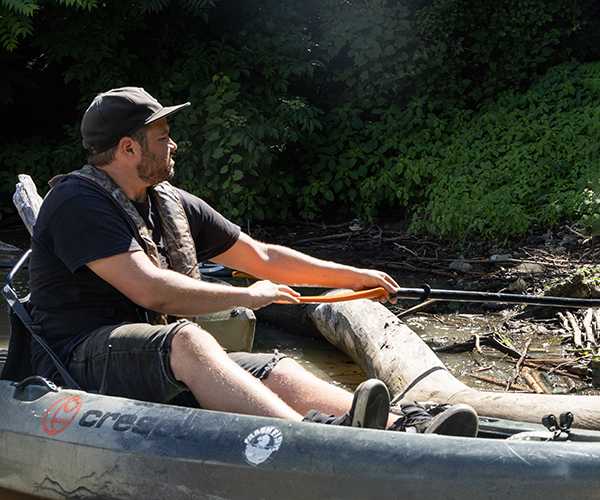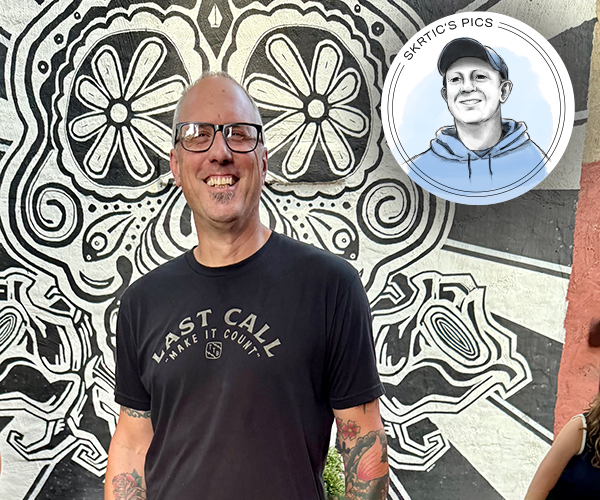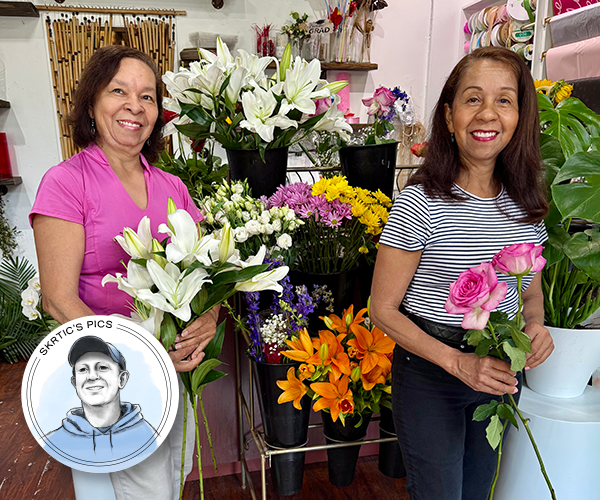To Daphne Fecheyr-Lippens, bird eggshells don't just protect the embryos inside. The shells have the potential for a new kind of building material, advanced clothing for athletes or even an innovative type of sunscreen.
She looks at nature through the lens of biomimicry — the study of how to sustainably solve our challenges by mimicking nature.
If you haven't heard of biomimicry, you're not alone. Five years ago, Fecheyr-Lippens hadn't either. She had finished her master's degree in biotechnology but felt something was missing. That's when, at home in her native Belgium, she saw a TED Talk given by the founder of the field, Janine Benyus.
"I saw it and it was like, 'That's it!' " she recalls. "You would never imagine how that one day would change my life."
Biomimicry, as an emerging field of academic study, had everything she wanted — design, biology and business.
Now, Fecheyr-Lippens has given her own talk on the subject at the TEDxCLE in June.
The 26-year-old's passion for the field drew her from her native Belgium to Akron — where she became a fellow in the doctoral program at the University of Akron — the first and only doctoral program in biomimicry in the world.
Her research is sponsored by Parker Hannifin, which hopes to learn how to use biomimicry in its business. Though she focuses largely on those eggshells, especially from chickens, her work initially centered on sports-related injuries. She discovered football helmets were less effective when ultraviolet rays broke them down.
She also noticed the link between her findings and separate research she was conducting on eggshell color with her adviser, Matthew Shawkey.
"I saw a pattern," she says. "Most white-colored eggshells have high UV reflectance. I saw a connection between the two."
She's now working to understand whether it's the nanostructure of the shell itself or a chemical process that takes place that causes the high UV reflectance. The results of her research could have implications on fabrics, building materials or sunscreens.
All that research led to long hours at her desk resulting in neck and back pain. But it inspired another creation: the standing desk.
Last summer, Fecheyr-Lippens asked her boyfriend, Mathias Ellegiers, to make her a desk that would allow her to stand while working. An engineer who shares Fecheyr-Lippens' love of nature and moved with her from Belgium, Ellegiers designed a desk with natural wood that could be adjusted to her height and comfort level.
Her pain subsided within a few weeks. And since research shows standing burns more calories and helps with focus, they decided to build more desks and target the education market.
This fall, their startup, named Jaswig, will launch a pilot research study with the UDS Steel Academy, a nontraditional public school in Akron, to see how standing desks impact 138 students' ability to learn math. Also this fall, California schools will use Jaswig desks they purchased, while schools in Belgium will test out the desks.
Jaswig launched a Kickstarter campaign Aug. 17 to help support proof of concept through product quality testing and distribution.
Fecheyr-Lippens hopes to combine her passion for biomimicry with her love of entrepreneurship and work with more socially conscious and eco-friendly business startups like Jaswig.
"What I've learned through biomimicry is about really opening your eyes and seeing connections that you might otherwise be missing just because there is an unexpected link," she says. "That is the way I might solve things differently."



